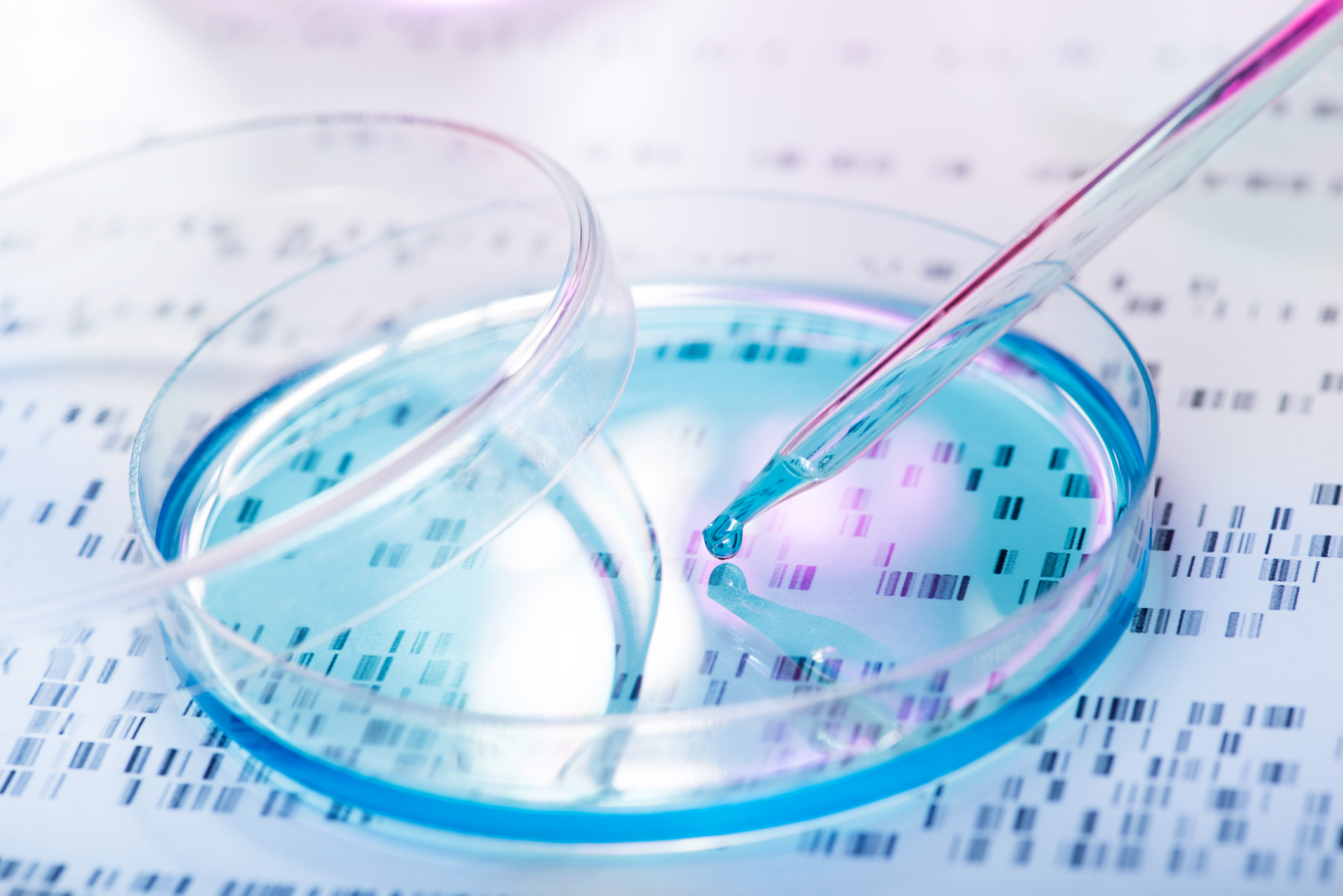
Better oversight is needed of the “biohacking” that individuals perform on themselves.
In recent years, “biohacking”—that is, do-it-yourself biology performed outside of traditional scientific institutions, in some cases by individuals with little scientific training—has emerged as a global movement. One popular focus of biohacking activities is molecular genetics, which we call “genetic biohacking.”
Publicly reported genetic biohacking activities have included basic and educational science—such as work at community laboratories to modify bacteria to make it glow green, as well as “fun” uses like genetically modifying yeast to brew fluorescent beer. Other reports have described genetically modifying frogs. Still other publicized instances have included attempts to address disease or enhance function in humans, such as individuals injecting themselves with what they hoped to be an HIV therapy or an intervention to enhance muscle growth.
One could describe some of the genetic biohacking activities in this final group as human subjects research—albeit research on oneself—or genetic self-experimentation.
Much research with human subjects is tightly regulated in the United States. Federally-funded research, for example, generally must comply with the federal human research subject protections known as the “Common Rule.” Likewise, research studying products regulated by the U.S. Food and Drug Administration (FDA) is typically subject to FDA’s human research subject regulations, which are very similar, although not identical, to the Common Rule. Certain states like New York have also adopted their own research oversight rules.
These regulations generally aim to protect the rights and welfare of participants in research studies.
For example, the Common Rule requires that all individuals who participate in a study first provide their informed consent to help ensure that they understand material information about the study, including its potential risks and benefits. The regulations also include requirements that are intended to ensure that the study is well-designed and socially valuable. For instance, the Common Rule requires Institutional Review Board (IRB) approval of research, and IRBs consider, among other things, whether a study uses procedures consistent with sound research design in making its risk assessments and approval decisions.
Similarly, in the context of FDA-regulated biological drug products, FDA reviews the research design of clinical trial plans or protocols and requires IRB approval of those plans, which is conditioned on the determination that potential risks are minimized and reasonable in relation to potential benefits.
But self-experimentation—including, in many instances, genetic self-experimentation—is not typically subject to this web of research regulation. Although some scientific institutions require IRB approval of their researchers’ self-experiments, this requirement does not reach the many individuals who self-experiment at home.
In many ways, a hands-off regulatory approach to self-experimentation makes sense. Self-experimentation can certainly raise ethical concerns, but those concerns are markedly different than those associated with traditional research.
Consistent with the principle of respect for bodily autonomy that is generally observed in this country, people tend to be comfortable allowing self-experimenters to evaluate for themselves the potential risks of their activities, assuming no one else might be harmed. People also tend not to worry that a researcher is coercing a subject to participate in the research because the researcher and the subject are the same person.
Likewise, although self-experimentation has long been an important tool for medical discovery—Jonas Salk, for example, famously gave an early experimental polio vaccine to himself and his family to demonstrate its lack of toxicity—the limits of what can be learned from self-experimentation are widely acknowledged. Society might, therefore, be less concerned about policing the design of research conducted on oneself, when such research is intended as a basic discovery launching pad.
For genetic self-experimentation specifically, however, hackles—or at least questions—may be raised by this lack of research oversight.
As underscored by last year’s announcement of the birth of the first so-called CRISPR babies—born from embryos that had been genetically modified in an attempt to confer resistance to HIV—genetic research, and especially that involving heritable genetic changes, can raise broad social, ethical, and regulatory questions.
Genetic self-experimentation, particularly if it involves changes to germline cells, may not always be truly limited to the “self” in the way that, for example, scanning one’s own brain activity may not have direct implications for others. Moreover, self-experimenters may not be well-informed about the possible or even likely consequences of their activities. But, like some traditional research participants, they may have serious conditions and be desperate to find a cure for themselves.
It may therefore bring some relief to know that genetic biohacking does not wholly operate within a regulatory shadow.
FDA’s purview is enormously broad—covering about 20 cents of every dollar spent by consumers in the United States—and would likely apply to many of the materials and reagents typically used by biohackers. A “drug,” after all, includes any thing “intended to affect the structure or any function of the body”—a broad definition that could encompass “sun, surf, and sangria.”
To that end, genetic biohacking using a kit sold for the purpose of affecting the function of the human body seems to fit right within FDA’s wheelhouse. But genetic self-experimentation has, to date, escaped serious regulatory scrutiny for at least some of the reasons we have described above.
Tomorrow, however, is another day.
If the genetic biohacking movement continues to gain momentum, lawmakers, regulators, participants in biohacking, and the public will need to consider whether the traditional hands-off regulatory approach for genetic self-experimentation continues to be justified. Even if governmental intervention is not warranted, there may be opportunities to develop tools and resources for self-experimenters that will help them evaluate the safety and ethical implications of their activities.





